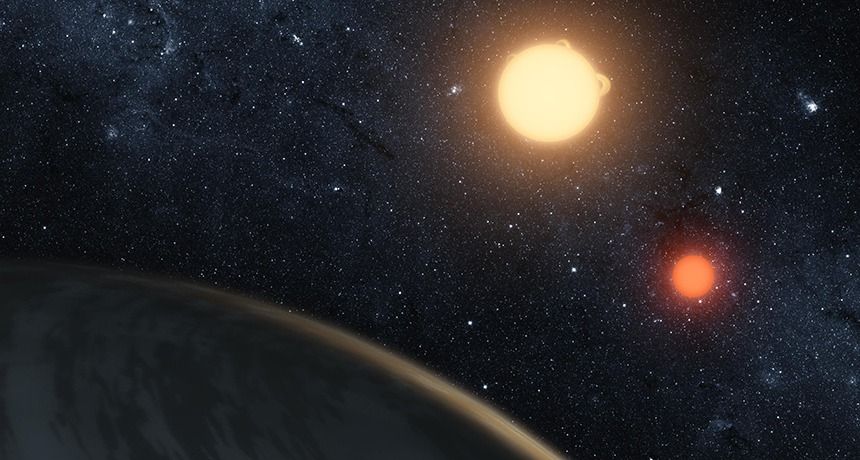Still missing? The total cost. And that’s probably by design.



Those who watched the full 51-minute version of Jeff Bezos’ May 9 Blue Moon announcement were treated to a tutorial on the work of Dr. Gerard K. O’Neill. In the 1970s Dr. O’Neill popularized the idea of space colonies that rotate in orbit allowing tens of thousands of inhabitants to live comfortable lives in Earth-like habitats. Bezos even commissioned updated renderings to excite the audience’s imagination.
Bezos articulated, as he has on many occasions that human civilization should and must expand out into the space to live and work in permanent space settlements. Doing so will allow the best planet in the Solar System, the Earth, to become a protected treasure in the vast harshness of space.
He understands that by creating the infrastructure to accelerate economic development in space his vision of space settlement will more rapidly come to fruition. But Bezos is sober about his space colony ambitions. He calls it a multigenerational endeavor. And so it may be.


This unlikely story begins back in the 1960s, when Isaacson was a doctoral student and got interested in one of Albert Einstein’s predictions.
In 1916, Einstein theorized that any time two massive objects crash together, shock waves should move through the very fabric of the universe. These gravitational waves through space and time are like the ripples you see in water when you toss in a pebble.
“For my thesis, I showed how gravitational waves behave like other kinds of waves, like light and radar, X-rays,” Isaacson says.

After flying past Pluto in 2015, the New Horizons spacecraft shifted course to encounter (486958) 2014 MU69, a much smaller body about 30 kilometers in diameter. MU69 is part of the Kuiper Belt, a collection of small icy bodies orbiting in the outer Solar System. Stern et al. present the initial results from the New Horizons flyby of MU69 on 1 January 2019. MU69 consists of two lobes that appear to have merged at low speed, producing a contact binary. This type of Kuiper Belt object is mostly undisturbed since the formation of the Solar System and so will preserve clues about that process.
Science, this issue p. eaaw9771.




